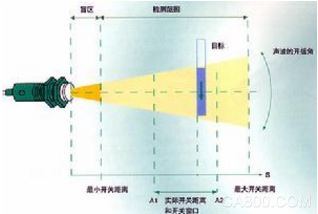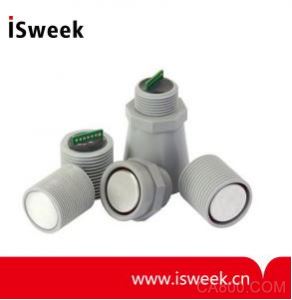With the rapid advancement of science and technology, ultrasonic sensors have become a common feature in everyday life. These sensors are extensively used across various industries such as manufacturing, power generation, metallurgy, and more. They are applied to measure building materials, chemicals, food products, automobiles, warehouse storage, shipbuilding, textiles, transportation, and even for liquid level monitoring and open channel flow detection. Their high accuracy, stable performance, and temperature compensation capabilities make them ideal for use in both liquid and solid material measurement systems.

Although ultrasonic technology is widely adopted, it's important to remember that no technology is perfect. Over time, we’ve gained experience with ultrasonic sensors, understanding their strengths and limitations. These pros and cons can influence our daily lives in various ways. Therefore, it’s essential to deeply understand how these sensors work and what factors may affect their performance. In this article, we will explore the advantages and disadvantages of ultrasonic sensors in detail.
First, let's take a closer look at the working principle of ultrasonic sensors. These devices operate based on the properties of ultrasonic waves. The core component is the piezoelectric wafer, which can both emit and receive ultrasound. When an electrical signal at the natural frequency of the piezoelectric crystal is applied, the wafer vibrates, causing the resonator plate to produce ultrasonic waves. Conversely, when the sensor receives an ultrasonic wave, it compresses the wafer, converting mechanical vibrations into electrical signals. This dual functionality makes ultrasonic sensors versatile. Different types of probes, such as straight, oblique, surface, Lamb wave, and dual-probe configurations, are used depending on the application.
One of the main advantages of using ultrasonic sensors is their directional precision and strong penetration ability. Ultrasonic waves have high frequencies and short wavelengths, allowing them to travel in straight lines and penetrate through liquids and solids. In opaque materials, they can reach depths of several meters. Additionally, when encountering impurities or interfaces, they produce strong reflections, making them useful for detecting flaws or measuring distances. Doppler effects also allow the sensors to detect moving objects, making them valuable in industrial, medical, and defense applications.

However, there are some limitations to consider. For instance, the piezoelectric materials used in ultrasonic sensors typically have a high Curie point, which means they may require cooling in certain applications. Medical-grade sensors often need refrigeration equipment to function properly. The sensitivity of the sensor depends largely on the quality of the piezoelectric wafer, with higher electromechanical coupling coefficients leading to better performance. There are also challenges like fixed operating frequencies, high driving voltages, and the need for complex circuitry to amplify signals.
In summary, ultrasonic sensors are capable of sending, receiving, and analyzing sounds beyond human hearing. They play a crucial role in distance measurement, flaw detection, and other specialized applications. From underwater exploration to medical imaging, these sensors are deeply embedded in modern life. Understanding their advantages and disadvantages helps users make informed decisions about their application. If you're interested in exploring further, hands-on experimentation or consulting with experts can help you gain deeper insights into how to optimize their use and overcome their limitations.
Solar Mounting System,Solar Water Panel Stand,solar panel metal ground mount,ground mounted solar
Hebei Jinbiao Construction Materials Tech Corp., Ltd. , https://www.pvcarportsystem.com